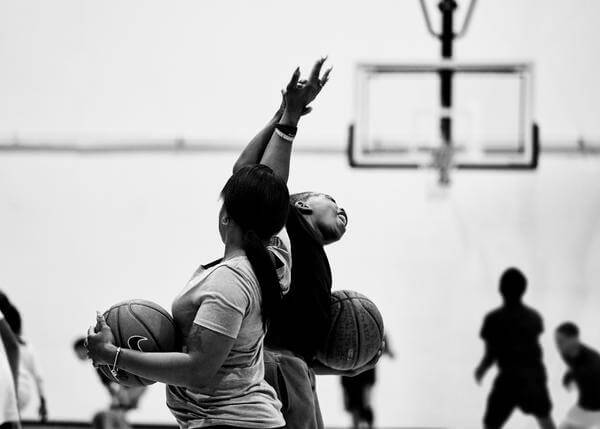![]()
After a historic summer season, Nike is doing more to improve the well-being of communities through play.
Source: Nike Sport Changes Everything 2019
There are two things taking place in this post:
- A reintroduction to Nike’s Key Cities strategy
- An introduction to Nike’s Sport Changes Everything strategy
While the two topics appear to be completely different discussion points, they both speak to the importance of brands engaging the consumers where they are versus relying solely on the impersonal and superficial approach of social media.
The Key Cities strategy has long been a part of Nike’s core business. The breakdown of the regions serviced by the brand encapsulates the major city locations in each region. As Nike finds a way to connect with the largest city in each region (North America, EMEA, APLA, Greater China), at a local level they are capable of adapting supply and services to those cities. This creates a quicker, more responsive sales strategy. It mimics what I feel startups are capable of doing. How does this tie into the latest Nike Sport Changes Everything strategy?
https://www.youtube.com/watch?v=5y6vubqR97k
Last year I discussed Jumpman LA and Nike+ Melrose LA as well as the reopening of the original Blue Ribbon Sports location on the site. These hyper local retail experiences (notice I didn’t say stores) allowed for a deeper engagement to the region beyond the Nike Factory or Clearance Stores.
Nike’s Sport Changes Everything is a very small event and wouldn’t seem to be connected in anyway to the Key Cities strategy. The program will be operated from July 11th to July 13th:
Sport Changes Everything, which encourages communities to make play a habit of daily life by facilitating sport days across select U.S. cities from July 11 through 13.
Starting July 11, Go Play Day takes over Los Angeles, Chicago and New York City with sport hubs across parks, fields and more. Kids will have the opportunity to participate in sports at locations such as Flushing Meadow Park in Queens and the Anaheim Convention Center in Southern California. Smaller, localized parks in underserved sport populations will also feature opportunities for play, such as Harrison Park in Chicago, as well as actions to better support play in those communities. For example, after Go Play Day, Nike is committing to refurbish NYC play spaces, such as basketball courts and soccer pitches, across the city.
This concept isn’t exclusive to Nike. adidas implemented a similar plan in 2017:
adidas, unlike Nike, tends to abandon concepts quickly or they do very little to build on top of the foundation they create. Since adidas created this NYC initiative, I haven’t seen any follow up information or any additional expansions into different cities (the company did introduce the Glitch/Tango Squad concept in Los Angeles).
Nike has, over the last three years, created a number of smaller retail doors that catered to the CDO growth of the company while also increasing investment into digital. The company doesn’t introduce a Jumpman LA or the process of turning a church into a basketball sanctuary and leave it there. They add on to the concepts and then build out the strategy.
The few days of July 11th to July 13th appears to do very little, but a concept has to be tested to establish a baseline. Once that concept works then a continued investment will be decided.
How Does This Tie Into the Key Cities?
Los Angeles, Chicago and New York are obviously major markets, but I have long stated that the company that builds a program capable of trickling down into second tier Key Cities is the company that will grab the consumer in a more consistent manner. Under Armour is doing this in Baltimore, but their strategy remains centered in that area. New Balance does something similar in Boston, but once again they remain centered in that area. Every brand, except Nike, is failing to utilize their marketing budgets to create pockets of connection.
I’ve been stating that small is the new big for almost six years. I’ve even looked into relaunching my sports network because I realize that opportunity lies in both the arts and sports. Nike gets that simply having Key Cities does not create a bond with consumers. Nike understands that pockets of connection (yep, I made this up) lies in the grassroots; empowering people through sport builds the Key Cities into forts in the ongoing battle for loyal brand admirers.


